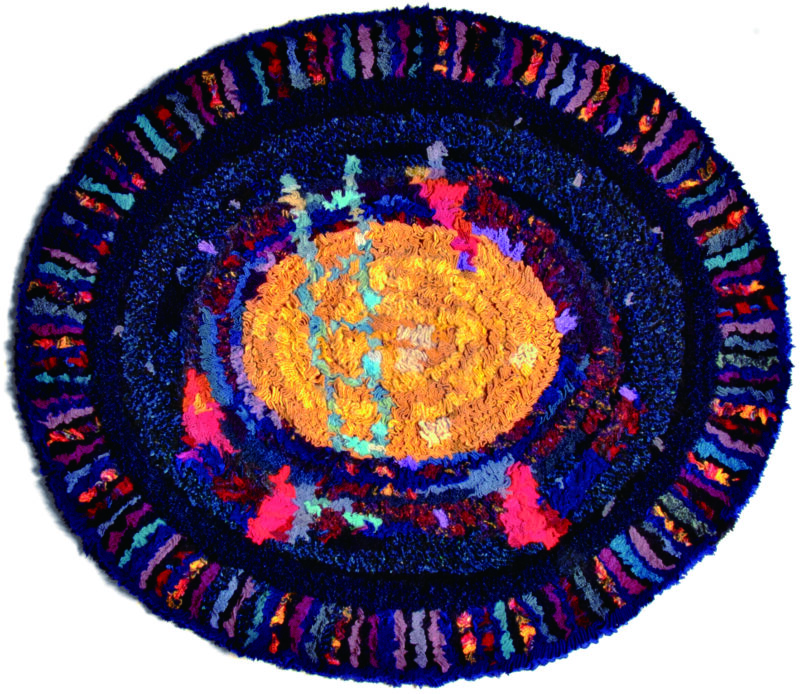by Jessie Hu
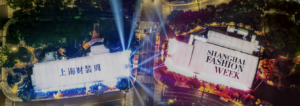
Fashion week, the phrase that immediately sparks a rush of excitement in many fashion lovers is one of the most exciting events in the fashion industry. Fashion weeks occur twice yearly, once in the fall and once in the springtime. As the fashion capital of China, Shanghai has been hosting fashion weeks since 2001. This past year, in 2022, fall fashion week spanned from September 22 to September 30, with the main stage located near TaiPing Lake in Xintiandi, an area in downtown Shanghai. However, due to ongoing covid situations in China, many big-name brand designers have moved their fashion shows to Milan or Paris. In addition, this has led to a rise in brands of Gen Z designers who use their distinct perspectives to challenge the limits of fashion. In this way, newer, less well-known brands are able to gain recognition, therefore evolving fashion weeks for Shanghai.
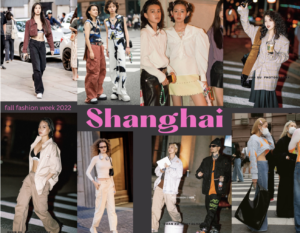
Another major component of fashion weeks is the people invited to attend them. We can always spot celebrities, influencers, and fashion editors in the front rows of every fashion show. This year, we noticed many interesting choices of outfits as we also recognize certain trends in streetwear. In Shanghai, we can always notice a lot of all-black outfits, while some specific items match the ongoing trends.
For example, we noticed someone wearing an outfit from the brand “Dear Nikita,” created by the iconic Hugo Comte. Hugo Comte is a well-known French photographer who works for multiple international magazines such as Vogue. His artistic talents have been recognized by brands such as Prada and Marc Jacobs as well. His vision for his brand is to build a connection between modern pop culture and high fashion, two fields in that his fans and audiences are involved. To those ends, his brand’s designs, reminiscent of his photography style, have bright, high-pitched colors while he used dots to illustrate the patterns.
The outfit spotted included a v-neck knitted tank top paired with a pair of relaxed, wide-leg pants with a beige base and faded blacks and blues. The brand’s name has been spread by celebrities such as Jennie from the K-pop group Blackpink and HoYeon Jung, a Korean model, and actress who starred in the viral Netflix Series Squid Game.
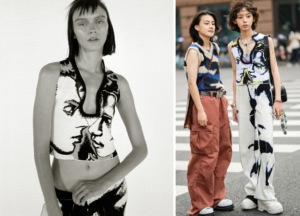
This past fall, we noticed many wearing black leather, including leather jackets, pants, and even gloves. These boxy leather jackets give a laid-back look, perfectly fitting the relaxed, slow lifestyle in Shanghai. They are the perfect addition to anyone’s fall wardrobe as they keep you warm and in style and comfort. Shanghai is also home to many Gen Z lovers of fashion, who gather from all over the country, building a diverse view of street styles in the city. Most of the outfits that have been photographed are those of younger people, who lead the fashion trends in the city and continue to push the limits of fashion in China.
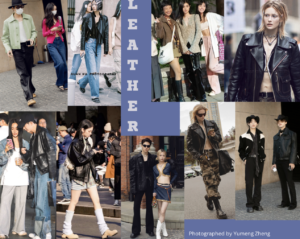
The overall style in Shanghai remains more practical with darker shades of colors, and fashion lovers definitely dress to impress, building a rich culture of exchange in individual styles. People tend to mimic the style of others around them, noticing pieces and trends they like and adding them to their own outfits. With the impact of social media such as TikTok, it’s even easier for trends to spread while many Chinese designer brands use internet celebrities to raise their fame. Sometimes, a certain brand, item, or style can go viral online, and we can often see people wearing the same piece online and on the streets.
Nevertheless, it’s not to say that international fashion has no impact on the fashion scene in Shanghai. In fact, many people get their inspiration from well-known celebrities such as Bella Hadid or Hailey Bieber. Certain items popular in other countries can also have fame in China, an example being the Adidas samba sneakers. Overall, we can see certain shifts in the fashion of Shanghai, with new, rule-breaking Chinese designers and the adoption of other countries’ fashion trends, making Shanghai an even more global city.
The retailing of fashion in China explains the cultural differences in the streetwear on the streets of Shanghai. In Shanghai, you can always notice crowded malls with high-end luxury stores that everyone is familiar with. While some might indulge in the luxury of these well-known brands, other fashion lovers might prefer some local designer stores or retail stores that sell a wider collection of brands and products, often located on the sides of streets.
Whenever I go shopping in Shanghai, I see younger generations gearing towards new brands or other retailers with more diverse collections that receive less fame, a popular retailer being The Labelhood, a fashion platform with many stores in Shanghai that support independent designers and sell a combination of products, from hats to dresses to shoes. In malls, people of all ages shop while malls tend to be packed with high-end designers such as Chanel, Dior, and Bottega Veneta.
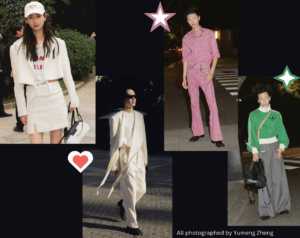

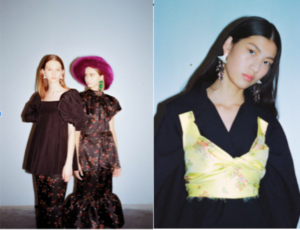
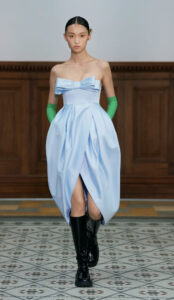
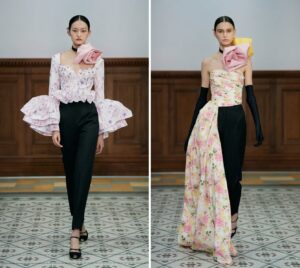
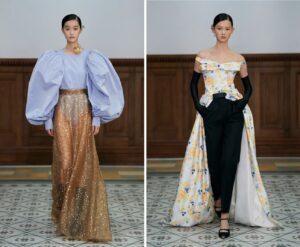
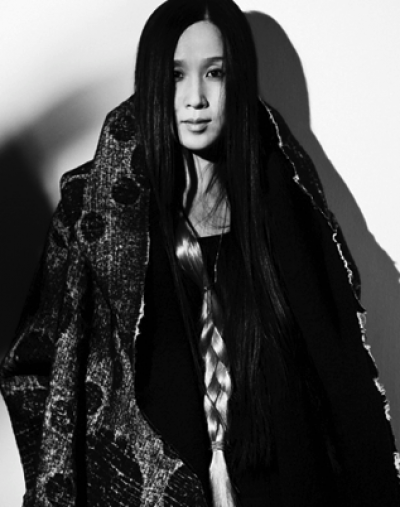
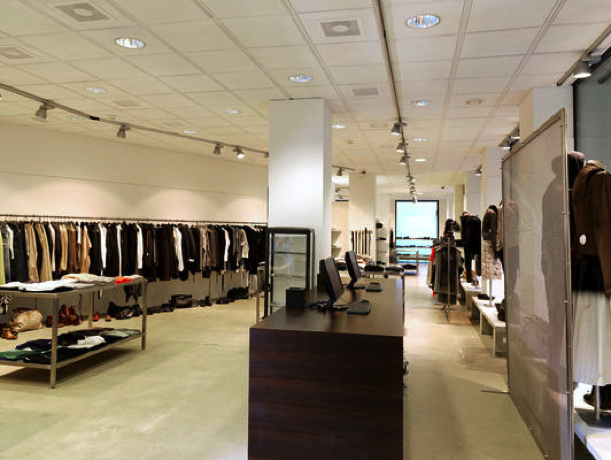
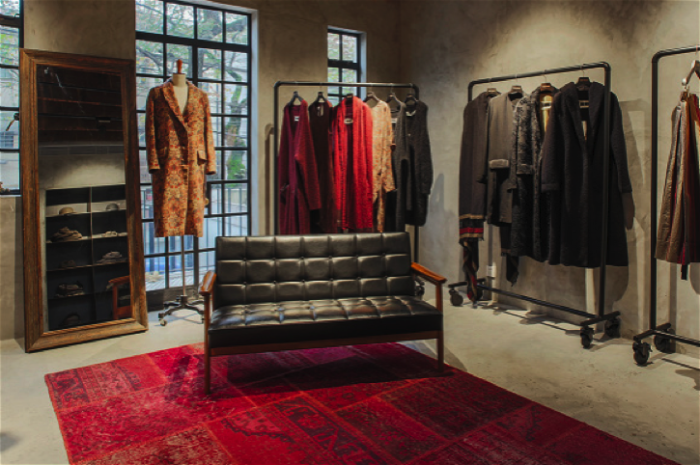
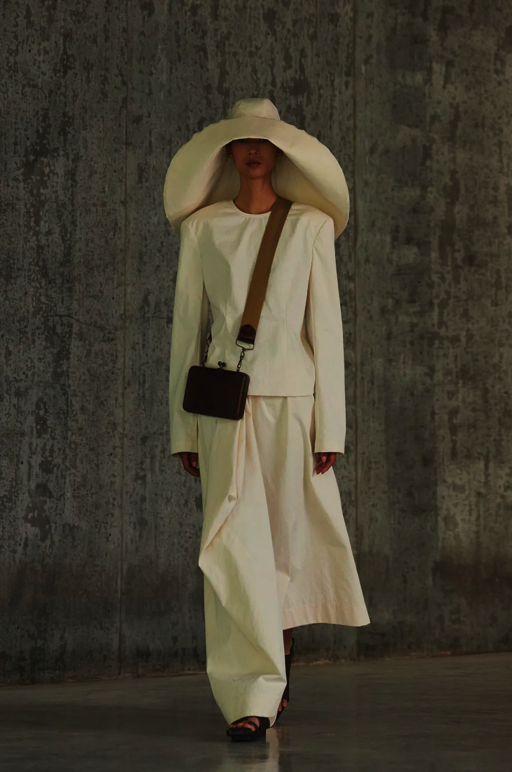
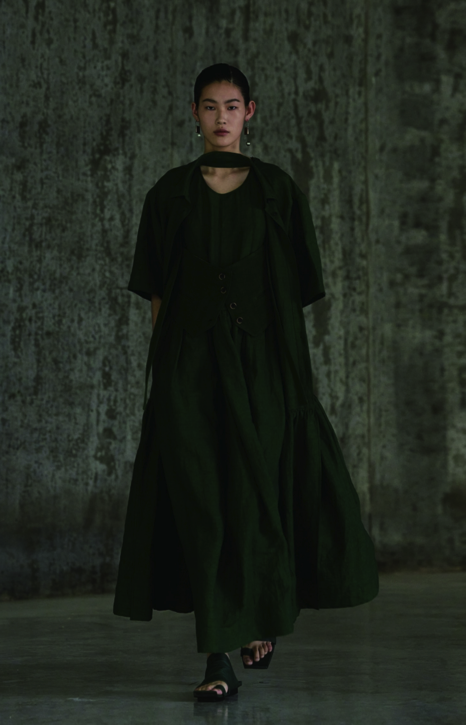
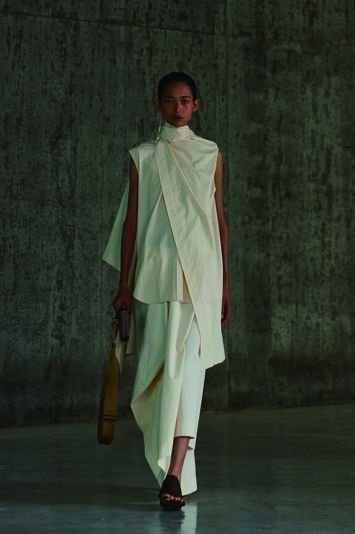
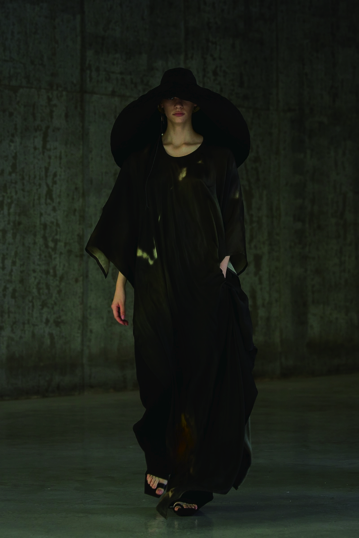
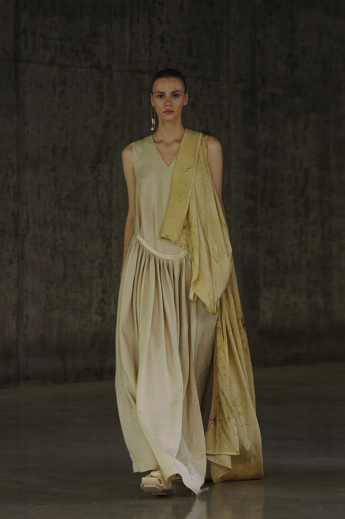
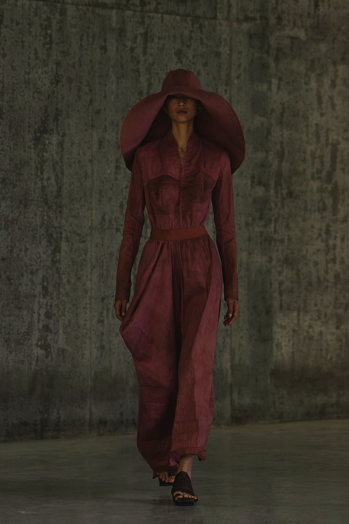
 for sustainability and encourage dialogue with an eco-friendly fashion industry. Winner of the Green Carpet award in 2018, given to designers who are environmentally conscious, Silvia first worked as the Manager of the Menswear Artistic Office in the famous Italian Fashion house
for sustainability and encourage dialogue with an eco-friendly fashion industry. Winner of the Green Carpet award in 2018, given to designers who are environmentally conscious, Silvia first worked as the Manager of the Menswear Artistic Office in the famous Italian Fashion house 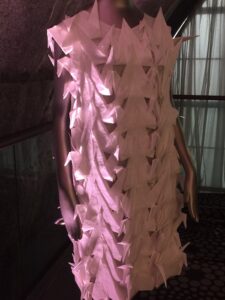 One of Silvia’s most famous creations is the Origami Peace Dress (featured in the
One of Silvia’s most famous creations is the Origami Peace Dress (featured in the 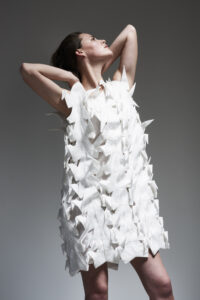 Park. This dress signifies the importance of peace, alluded to by its name, even empathy, in times of fear such as World War II. This creation also shows the inherent relationship between social and environmental justice in the 21
Park. This dress signifies the importance of peace, alluded to by its name, even empathy, in times of fear such as World War II. This creation also shows the inherent relationship between social and environmental justice in the 21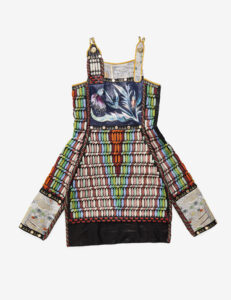 Silvia also designed a Samurai Dress (also featured in the
Silvia also designed a Samurai Dress (also featured in the 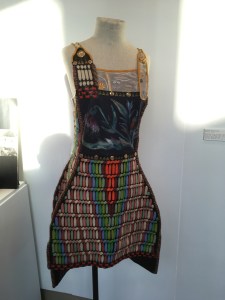 College as well, as one of the Fabric of Cultures’s goals is to bring more visibility to designers like Silvia Giovanardi.
College as well, as one of the Fabric of Cultures’s goals is to bring more visibility to designers like Silvia Giovanardi.